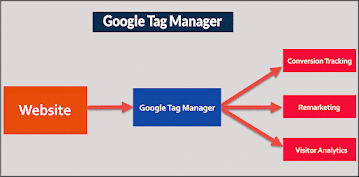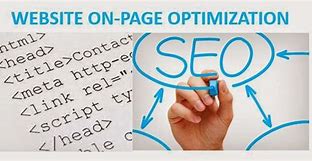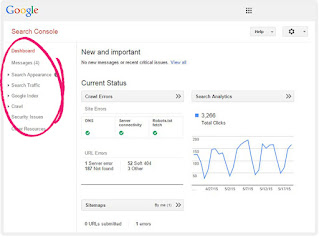Google interact with users as a personalized assistant and people all around the world began to trust Google than any other source for information. The business webpages with high ranking made good profits and connections comparing the webpages with low ranking. The webmasters and website owners began to use cheap and low malpractices to increase the website ranking which resulted in low quality or spam content websites. This caused much in convenience to the users. Google whose main priority is the trust of its users, formed a team to adopt measures for good results and to maintain the website quality. Hence Google introduced various algorithms.
GOOGLE PANDA ALGORITHM
Google Panda update, also known as Farmer update was introduced in 2011. This update was based on Content Spamming. Some of the content spamming includes
1) Content Duplication - Where content is copied from other websites.
2) Quality Less Webpages - Low quality websites or websites with grammatic errors and spelling mistakes.
3)Thin Webpages - Websites with less content
4) Keyword Stuffing - Over use of keywords in a webpage for the sole purpose of ranking.
5) Content Spinning - Same content is rearranged in different pages.
Panda algorithm was a big success in avoiding spam content. In 2014, May 19 the Panda 4.0 version was introduced which became a permanent filter in the Google.
PENGUIN ALGORITHM
In 2012, Google introduced Penguin algorithm update which is based on link spamming. This includes
1) Paid Link - Here link is purchased from link sellers.
2) Link Exchange - Exchange of links through the webpages.
3)Link Scheme - Automatic link creating programs or applications.
4)Comment Spamming - Sharing links through the comments in a website.
5) Wiki Spamming - Login to Wikipedia as a volunteer and link is added to it.
Penguin Algorithms also blocks link farming, link automation, low quality links, over use of internal links, over use of anchor text and manipulation of guest blogging. In 2016, Penguin 4.0 version was introduced which punish the website with link spamming in real time.
PIGEON ALGORITHM UPDATION
Unlike the above updates, Pigeon Algorithm is used to promote Local SEO. For some category of business searches, location based search results of I.P address is listed. For that, first we have to submit our business in Google "My Business". A location page containing the address, phone number and pin number must be entered in our webpage. Submit our website in local directories like just dial. Placemark must be embedded in our contact or about webpage. Social media interaction must be done targeting local regions. The Pigeon Algorithm was first introduced in U.S. It was a huge success. It is a very important algorithm since it promotes local business searches.
HUMMING BIRD ALGORITHM
Google Humming Bird Algorithm was put forward in 2013. It was based on semantic search results. This gives a deep information of a website. Interactive questions will be answered by indexing the related topics. Semantic search results use feedback for ranking purpose. The disadvantage of this algorithm is that, even if the feedback is incorrect, Google will list it in the results.
RANKBRAIN ALGORITHM
In 2015 Google introduced, RANKBRAIN algorithm which is considered as the update or second part of HUMMING BIRD Algorithm. This algorithm uses the Artificial Intelligence for tracking user interactions. Computer or system acts as a human being. Automatic search results are provided.
MOBILE GEDDON
Mobile Geddon in 2015 is a mobile friendly update. Since more people started to use internet in their smart phones Google began to concentrate on mobile friendly websites and started to change ranking accordingly. A mobile friendly websites can be read websites without zooming or tapping, there should be no un playable content, no horizontal scrolling, tap targets must be spaced appropriately. For one year, Google allowed high content webpages for ranking but after introducing Mobile Friendly 2.0 version in May 12, 2016 Google followed this algorithm strictly.
PARK DOMAIN UPDATE
If a domain is available, we can book that domain without creating a webpage. These type of domains are called Park Domain. There will be no content in the webpages but advertisement can be given in it. Google will index it. Since these park domain causes inconvenience to the user, Google introduced Park Domain update.
EMD or EXACT MATCH DOMAIN UPDATE
PIRATE UPDATE
If contents, images, videos of a websites are copied to another websites without the webmasters knowledge, then this can be reported to the Google and action will be taken against the culprit using the D.M.C. Act ( Digital Millennium Copyright ) of 1998.
BERT (BIDIRECTIONAL ENCODER REPRESENTATION FROM TRANSFORMERS )
In 2020, December BERT update was introduced. This is a local or natural language processing update. It was first introduced in English, then afterwards in 7 other languages including Hindi and Arabic.













